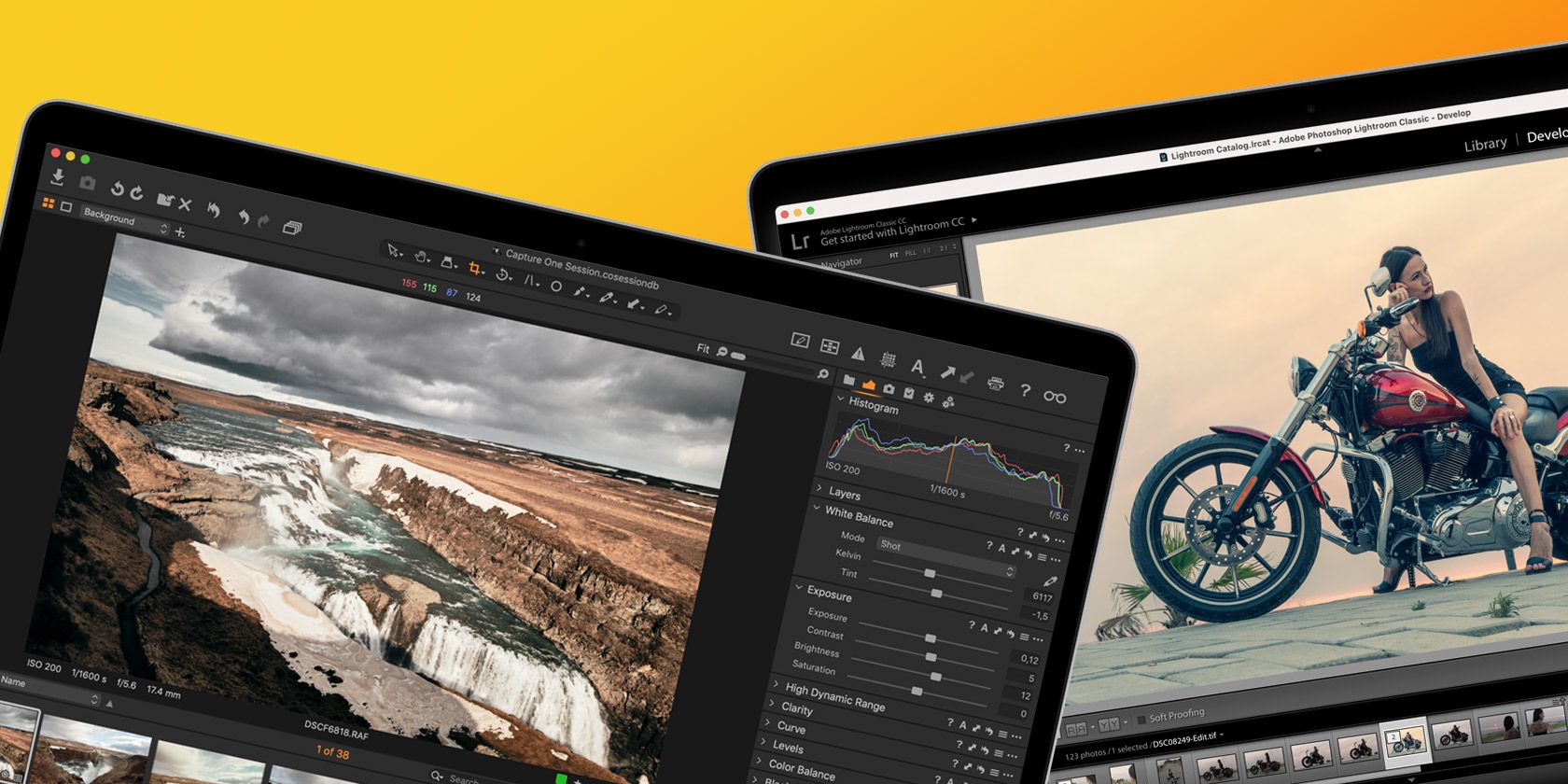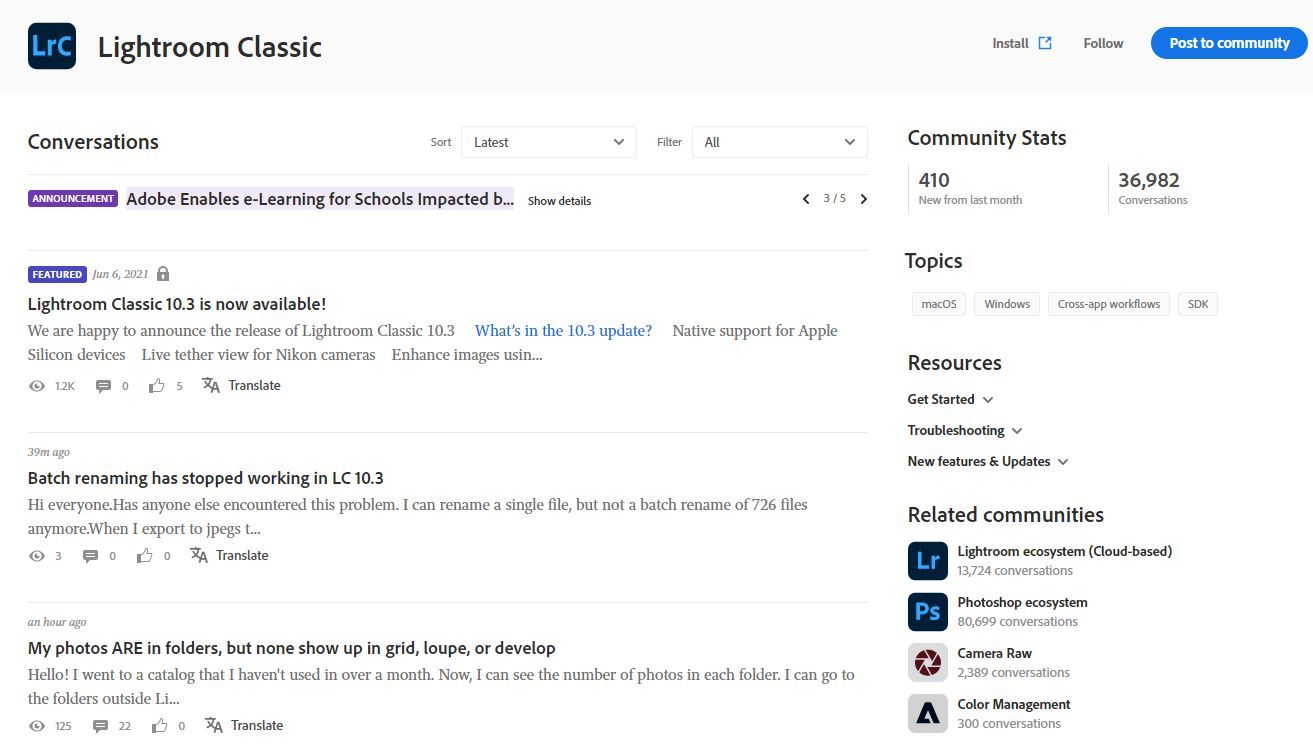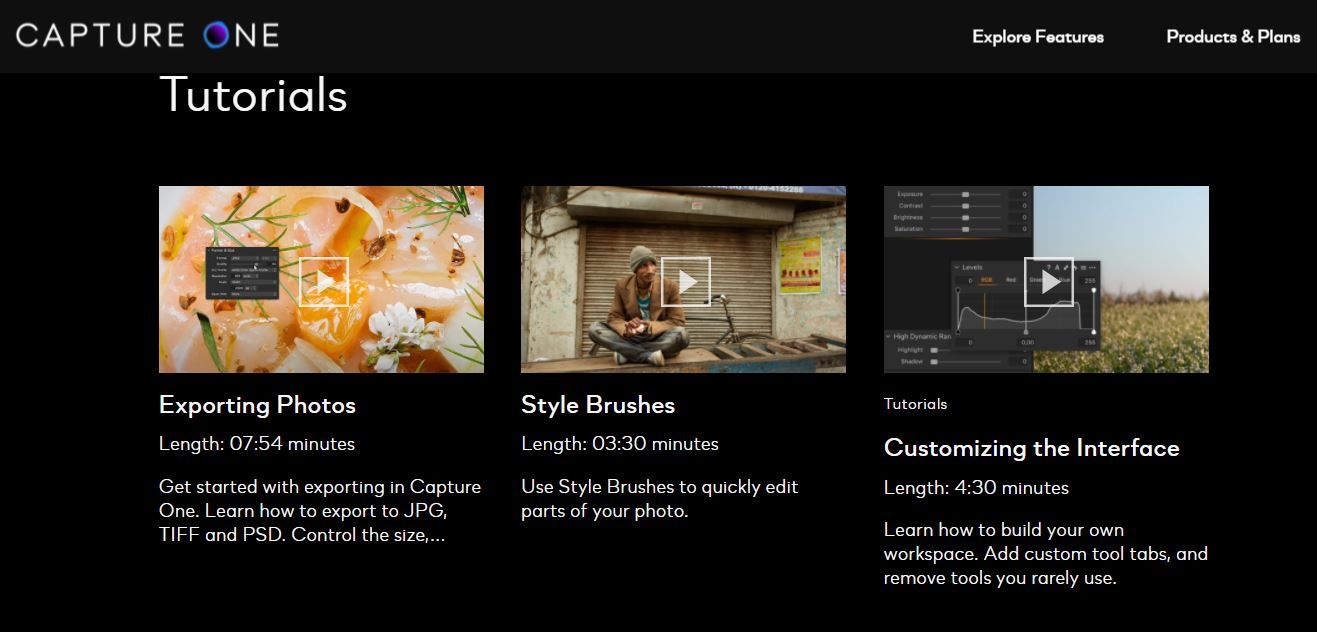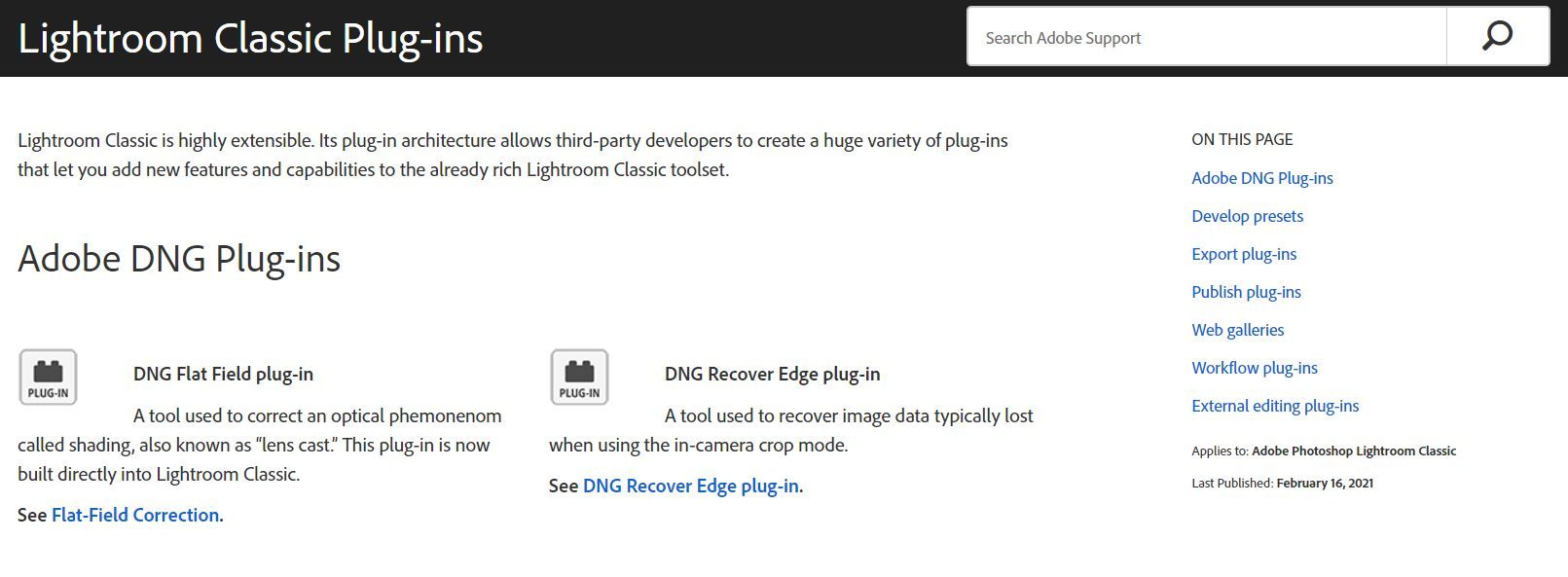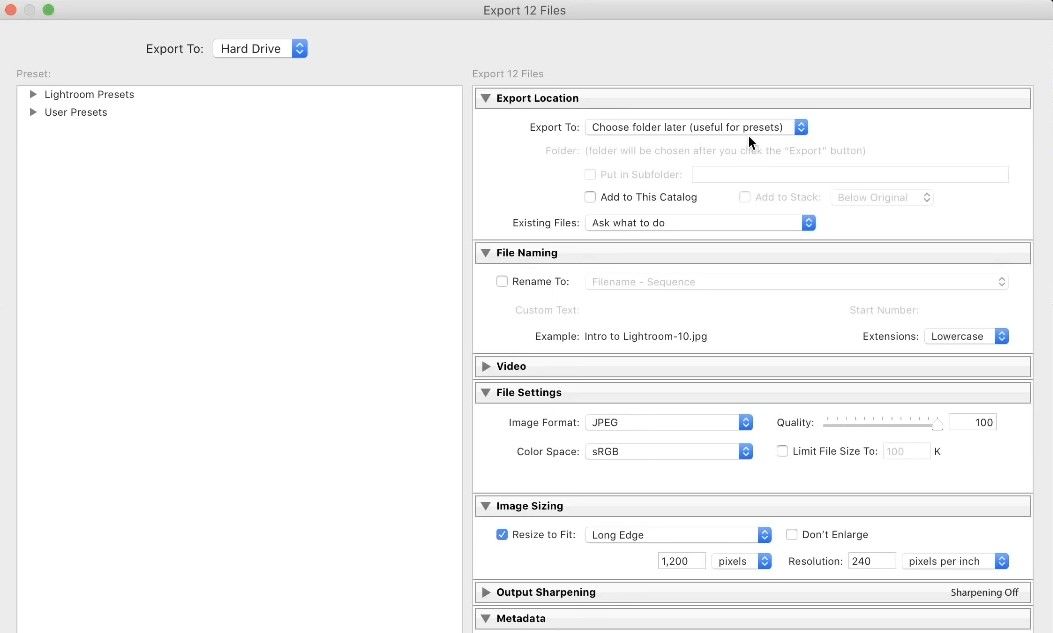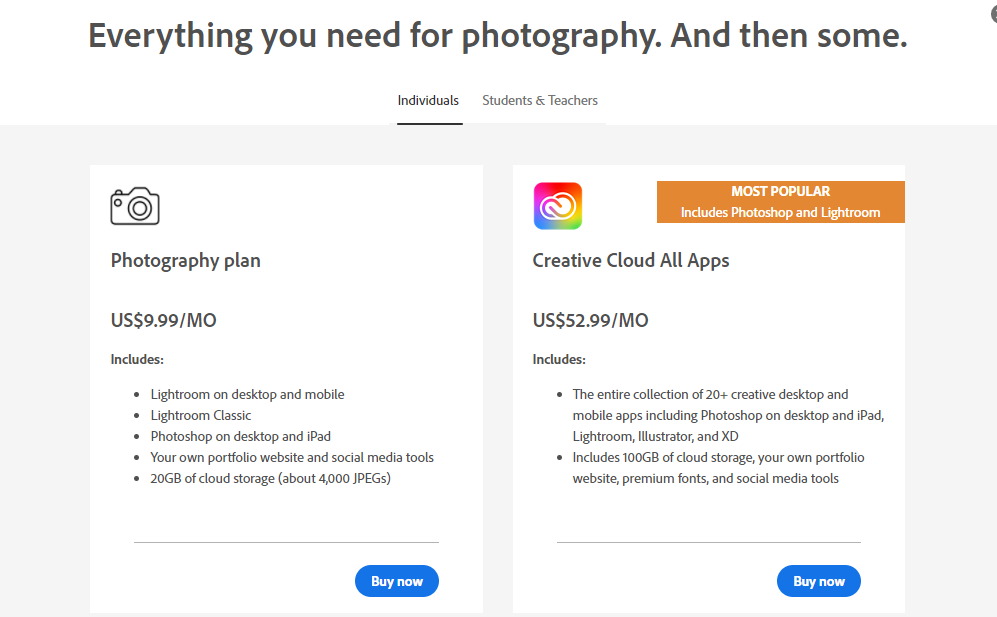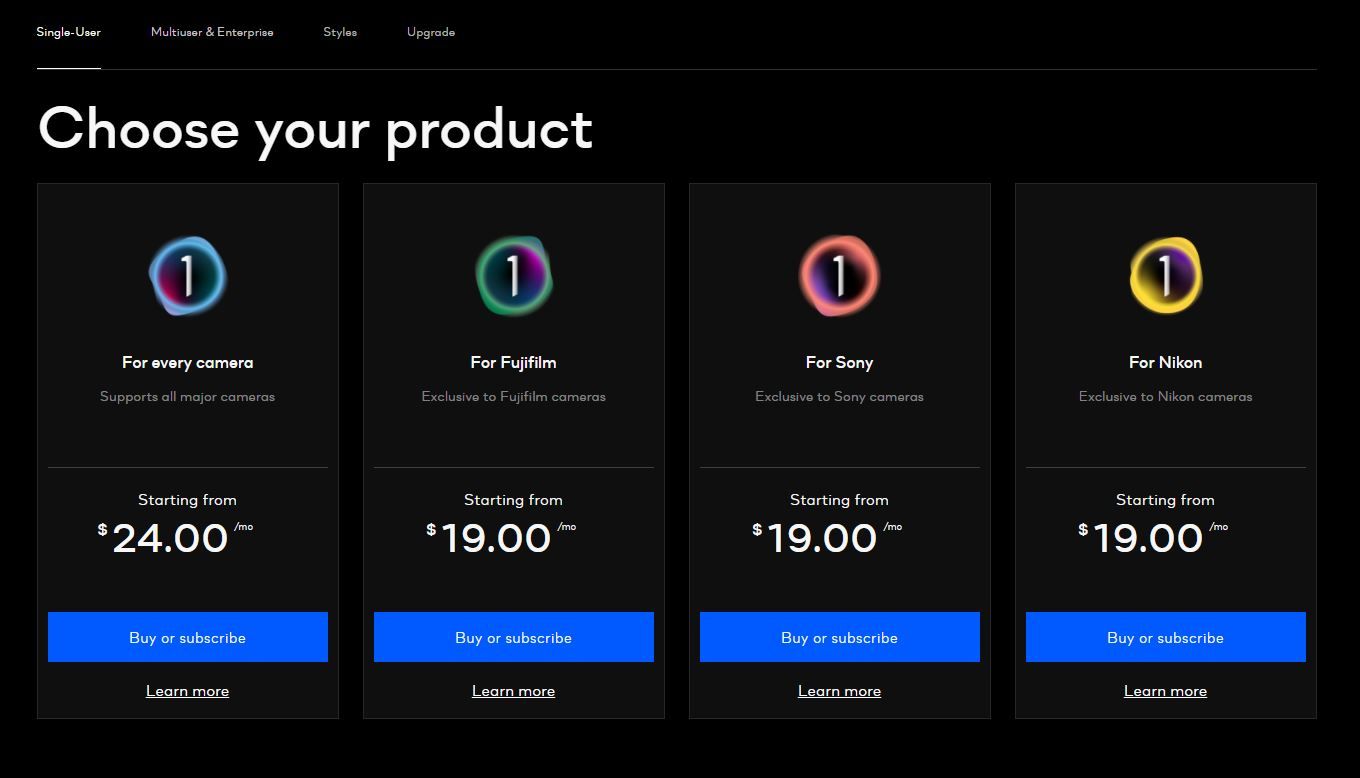Adobe Lightroom Classic has established itself as the industry standard in image editing and has a loyal following of users. However, Capture One is also massively popular among professional photographers, and for good reason.
So, if you had to choose, which one would you pick? Let's compare the two programs and see which one comes out as the better choice.
Lightroom Classic vs. Capture One: Interface
Both programs offer sophisticated photo editing tools and a full range of photo manipulation options. However, users of both agree that Capture One has the edge over Lightroom, as it's more flexible and allows for better customization.
Capture One offers assignable keyboard shortcuts, which Lightroom does not. You can either reassign the ones that show up by default or set them yourself.
Capture One also lets you move the elements of its interface around to your liking, while Lightroom doesn't. The latter program lets you rearrange the Develop tools, but that's about the extent of it.
What really sets Capture One apart from Lightroom is its Layers feature—something that Lightroom users have been requesting for years but have yet to get.
Capture One lets you add layers and adjust them as needed. And that barely slows down the program, whereas users report that Lightroom gets laggy when you add one too many local adjustments.
Both interfaces are complex and easy to work with after you get used to them, but Capture One has one too many advantages over Lightroom, so it wins this round.
Lightroom Classic vs. Capture One: Support and Learning Curve
Getting access to tutorials and having customer support to reach out to is crucial. As already mentioned, both of these programs are complex and take a while to get used to, so it's essential they offer enough help to their users.
This field is where Lightroom shines. Lightroom is the simpler program of the two, and you can learn how to work with it much faster—especially given how it offers a better support system for when you need assistance.
Plus, you can find a slew of YouTube videos on pretty much anything Lightroom-related, and there is a Lightroom Classic forum with users who help each other with issues. Apart from support from Lightroom's side, you can also find a ton of third-party guides and tutorials online.
Since Capture One was initially created to cater to professional photographers, it's a bit more complicated to figure out for the average user. And while Capture One does have a Tutorials page on its site, it just doesn't have as large of a community as Lightroom.
Sure, the flexible customization options it offers are great after you get used to the program, but until that happens, it's just another complicated program that a new user has to wrap their head around.
That's why Lightroom takes this round against Capture One.
Lightroom Classic vs. Capture One: Third-Party Plugins
When it comes to third-party resources, Capture One lags behind. Capture One only started allowing third-party plugins in 2018 and doesn't have that many. So far, some of the plugins it offers are Format, HeliconSoft, JPEGemini, and Prodibi.
On the other hand, Lightroom has dozens of plugins that benefit its users and expand its capabilities. Just a few of its plugins include The Fader, Nik Collection, and LR/Enfuse.
Lightroom Classic vs. Capture One: Export Options
Both programs offer export options. Being the simpler program out of the two, Lightroom lets you access export presets much easier than Capture One.
All you have to do is hit File > Export to access the export menu. With the latter program, it's a bit more complicated.
If one of the premade process recipes on Capture One doesn't suit your exporting needs, creating your own recipe can be a bit complicated for beginners. A plus to the program is that it lets you export several different versions of the same photo (or several photos) at once, in a much easier process when compared to Lightroom.
However, if you add a few third-party plugins to Lightroom, it quickly catches up to Capture One. Lightroom still has better functionality for export options, so it takes this round.
Lightroom Classic vs. Capture One: Speed
Importing, exporting, rendering images, and generating previews—Capture One can handle all that better than Lightroom, and usually won't freeze or lag.
The latter program is a bit more fickle, and you have to be more careful with it, lest you risk it crashing. Because of this, Capture One definitely wins this round.
Lightroom Classic vs. Capture One: Pricing
Both programs offer subscription pricing. If you wish to test the tools out before committing to a plan, you can do that as well.
Adobe offers a 14-day free trial for Lightroom, and a $9.99/month subscription after that. You can also purchase a subscription for Adobe's entire suite of Creative Cloud apps, which will cost you $52.99/month.
You even get the option to test out a Lightroom/Photoshop subscription during your free trial to see how the two mesh. However, if you want the free trial, you'll have to provide an email address and credit card information, so keep that in mind.
Capture One takes the free trial a step further and offers it for 30 days, and it doesn't even request any credit card information. All it needs is your email address. If you decide to purchase a subscription, you'll have to pay $24/month for the plan that supports all types of cameras.
When you look at the pricing, Lightroom wins over Capture One, as it's the less expensive of the two.
And the Winner Is …
Lightroom and Capture One are both excellent image editing programs. When it comes to which one wins over the other, it depends.
If you're a newbie who's just getting into image editing, perhaps Lightroom would be better for you. It's easier to learn, and whenever you have issues with it, you can turn to various resources for help. It's also not as expensive as Capture One, so if you decide image editing is not for you, it's not that big of a loss of investment.
Capture One is perfect for people who know what they're doing and how they will use the program. If you're looking to upgrade from Lightroom or already have experience with image editing tools, give the program a go. Given that it was created with professional photographers in mind, you'll find everything you'll need to create fantastic edits.
Don't make a hasty decision, but evaluate what you need the program for, and then choose between Lightroom and Capture One based on what fits your needs best.

